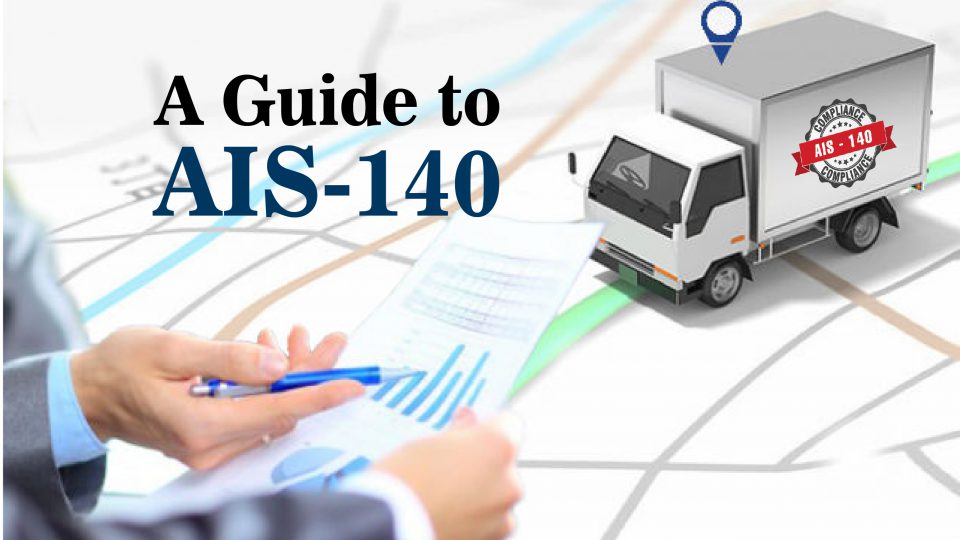

With rapid industrialisation and a surge in trade, it is wise to conclude that the Indian economy runs on the transport system. The dependency of the public ceases to decline on commuting and freightage. The dependency is massive: whether it is use of public transport, the shipping industry or car rentals/passenger vehicles.
As we have seen in the past years, the number of vehicles running on the road has seen a steadfast growth. Exponential economic development can be attributed as the cause. However, with this monumental increase comes a host of problems.
The primary issue that forays to the top is management of such a large volume of vehicles. The infrastructure of the country, especially in urban areas, is swiftly improving. Yet it is still difficult to manage these many automobiles on the road. As a result, the concerned authorities are experiencing massive traffic and congestion, along with a decline in vehicle safety.
Get LocoNav’s Government Approved AIS 140 devices at best price
To overcome these challenges, and smoothen out the transportation infrastructure, the Government of India came up with the solution: AIS 140 certified devices.
What is AIS 140 or Automotive Industry Standard 140?
The Automotive Industry Standard 140 commonly known as AIS 140, is a set of regulations published by the Automotive Research Association of India (ARAI) for all public transportation systems to build an Intelligent Transportation System in India.
This mandatory move came about when the Government realised the dire need of increasing efficiency in the transport sector of India. Thus, the Intelligent Transportation System (ITS) was born.
Under the ITS, traffic management and mitigation, public transport management, crisis management are taken care of. It is a globally proven system that allows the transport authority to gain control of the entire transportation movement in the country. The AIS guidelines were formulated as a consequence. AIS 140 guidelines are one among them.
According to the Automotive Industry Standard 140 (AIS 140), it is mandatory for all public transport and commercial vehicles to deploy vehicle tracking systems with camera surveillance and emergency buttons. The transport authorities are tasked with ensuring that all stipulated vehicles abide by the guidelines laid down by the standard.
Also Read:Why AIS 140 is the need of the hour?
How to comply with AIS 140 Guidelines?
To ensure that your vehicle is in line with the AIS 140 standard, you will need to install a GPS vehicle tracking system, along with an emergency request button. You need to undertake this step for all your existing as well as future vehicles. We have discussed more about how to get AIS-140 certification in one of the previous articles.
What are the Benefits of AIS 140 Devices?
When it comes to AIS 140 benefits, the list includes quite a few points. Some of the AIS 140 advantages are mentioned below:
- In the event of any mishap or emergency, the transport authority can effectively locate the vehicle in distress and send assistance to deal with it. This also provides the passengers the means to contact the emergency services directly if they are under distress.
- Public transport is subject to rash driving and mishandling of the vehicle. With this standard, the driver behaviour and driving pattern can be monitored so as to ensure public safety.
- The transport industry can finally segue into a technological transformation. AIS 140 can be the launch pad for including Advanced Driver Assistance Systems (ADAS) in the Indian transport sector.

Who needs AIS 140?
The Automotive Industry Standard 140 is required by:
- Bus: Intercity and intracity public buses, along with intercity and intracity private ones.
- Taxi: Car rentals, bus/taxi fleet owners, corporate fleets, taxi hailing service providers
- Schools, Universities and corporate bus operators.
Concerns Regarding the Standard
While this move by the Automotive Research Association of India (ARAI) is being applauded, it has also come under scrutiny. Experts are worried that while this move is absolutely the need of the hour, it may prove to be a redundant exercise if there is no established platforms and architecture to keep a track of the vehicles.
Moreover, they fear that the response to emergency requests, either by the passengers or the carriers, may not be tended to properly unless a structure for surveillance is established by the Government and the transport authorities.
Also Read: How To Save The Environment with a Vehicle Tracking System
Also Read: How to Check Vehicle Registration & Owner Information Online
Download LocoNav App: Check Vehicle Fitness Certificate

